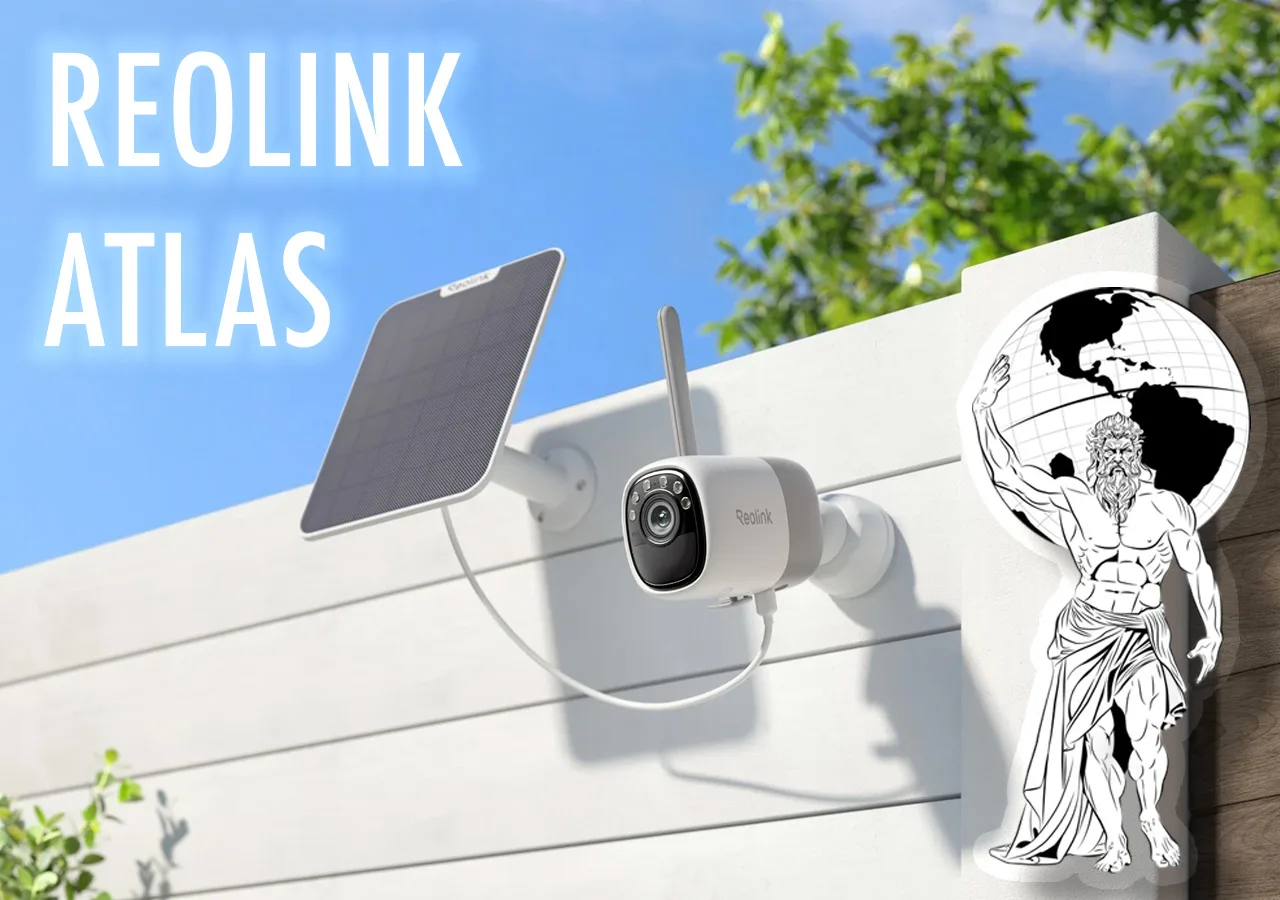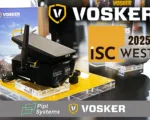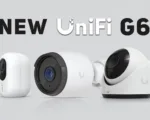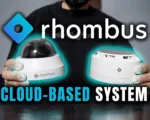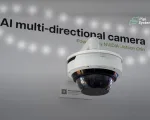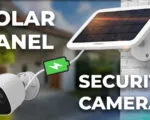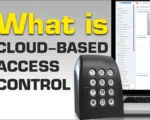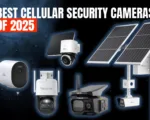The Reolink Atlas is a smart camera built for users who want dependable, solar-powered home or business surveillance without dealing with wires, recurring fees, or limited placement options. Set to launch on June 16, this camera enters the 2025 market with standout hardware, AI features, and a flexible installation model aimed at both everyday homeowners and off-grid users.
Designed for Independence and Intelligence
Unlike many competitors, the Atlas combines battery operation, dual-band Wi-Fi 6, pre-recording, and continuous recording in one weatherproof package. It’s tailored for locations where access to electricity or Ethernet is limited but reliable security coverage is still essential—garages, sheds, cabins, or remote fences.
What This Guide Will Help You Understand
This buyer-focused guide breaks down the camera’s full technical capabilities, performance expectations, use-case scenarios, and competitive position in Reolink’s lineup. You’ll also find a look at what this new model improves over similar solar-powered options, and what questions still remain before we publish our full real-world field test.
Key Specs and Features
Camera and Lens
The Reolink Atlas uses a 1/1.8″ CMOS sensor paired with a 4mm fixed lens to deliver clear 2K resolution video (2560×1440) at up to 15 frames per second. Its field of view covers 110 degrees diagonally, 90 degrees horizontally, and 50 degrees vertically, offering solid coverage for wide outdoor scenes. Instead of infrared, the camera relies entirely on Reolink’s ColorX Night Vision technology to produce full-color footage even in low-light conditions.

Smart Detection and AI Features
The Atlas features a built-in passive infrared (PIR) sensor that detects motion up to 10 meters, or approximately 33 feet. Its on-board AI engine classifies events by people, vehicles, and animals, reducing false alerts in busy environments. One of the standout features is its adjustable pre-recording buffer, which captures up to 10 seconds before an event begins. By default, the pre-recording runs at 3 frames per second, but users can fine-tune this between 1, 3, or 5 fps for a balance between detail and storage efficiency.
Battery and Power Options
At the heart of the Atlas is a 20,000mAh rechargeable battery that supports long-term operation without frequent recharging. In motion-based recording mode, the camera can last up to 18 months on a full charge. For users who prefer full coverage, the Atlas supports continuous 3fps recording for up to 8 days straight. A 6-watt Reolink Solar Panel 2 is included in the kit, and under standard sunlight, just 2 hours per day is sufficient to keep the battery topped up during continuous use.
Wireless and Storage
Connectivity is handled by dual-band Wi-Fi 6, supporting both 2.4GHz and 5GHz frequencies for a more stable and flexible setup. For storage, the camera supports microSD cards up to 512GB. Users can also configure FTP uploads for offsite backup or subscribe to Reolink Cloud, depending on their region. While the Atlas does not support PoE or Ethernet, it is clearly built for users who prioritize a fully wireless setup.
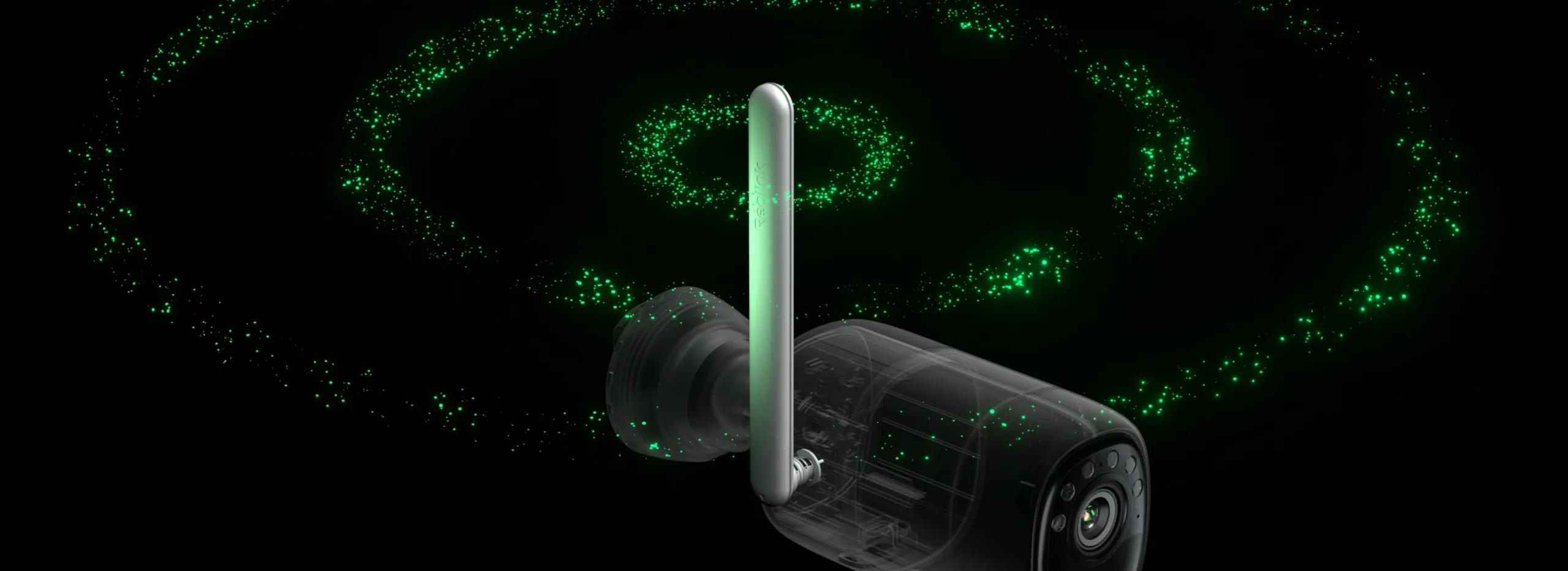

Setup and Installation Experience
What’s in the Box
The Reolink Atlas ships with everything you need to get started. Inside the package, you’ll find:
- The Reolink Atlas camera
- A 6W Reolink Solar Panel 2
- A USB-A to USB-C charging cable (note: USB-C to USB-C cables are not supported)
- A complete mounting kit, including screws, bracket templates, and adjustable straps
The initial charging process should be done via a fast charger using the included cable. After that, the solar panel will handle power needs in most scenarios.
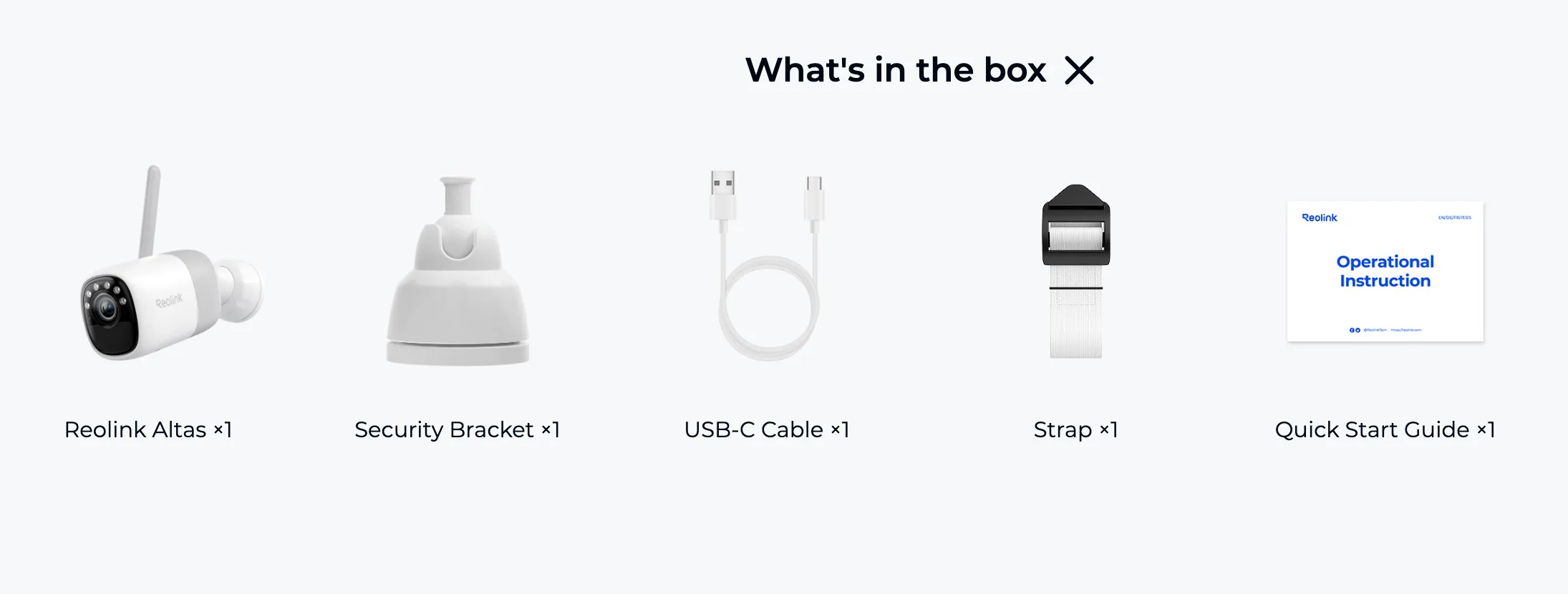
Mounting and Placement Tips
Installing the Atlas is straightforward thanks to clear instructions and flexible mounting options. The camera and solar panel can be mounted using either screws or strap mounts, depending on the surface.
With an IP66 weatherproof rating, the unit is safe to place outdoors in rain or snow. A standard 1/4-inch tripod thread on the bottom of the camera also allows for temporary or mobile setups.
For best signal and solar performance, position the dual antennas vertically when wall-mounted, and tilt the solar panel according to your latitude plus five degrees, generally aiming it southward. The integrated USB-C power port must be fully sealed to maintain the weatherproof rating.
Setup is completed through the Reolink app, available on iOS, Android, macOS, and Windows. The process takes just a few minutes, starting with scanning the QR code on the camera and selecting your Wi-Fi network.
Real-World Performance and Limitations
Day and Night Video Quality
In daytime conditions, the Reolink Atlas delivers crisp 2K footage with accurate color representation and consistent detail across the frame. The 1/1.8″ sensor paired with the f/1.0 aperture performs well even during cloudy or low-light hours.

At dusk, the smart camera transitions smoothly into its ColorX Night Vision mode, capturing full-color images without relying on infrared. In total darkness, onboard LED spotlights activate automatically to maintain visibility. While effective, this spotlight-only approach may not suit every environment. There’s no infrared fallback, which means some users might find the constant use of visible light intrusive, especially near windows or residential areas.
Audio and Communication
The Atlas includes a built-in microphone and speaker for two-way communication. In practice, the audio is clear enough for short-range interaction, such as greeting a delivery driver or responding to a visitor at the gate.
Tests at distances of 1 to 5 meters show understandable audio in both directions, although ambient noise can affect clarity. The microphone picks up voices reliably within typical residential ranges, and the speaker has enough volume for short messages or warnings.
Recording Modes
Users can choose between several flexible recording modes depending on their needs. Motion-based recording remains the most power-efficient, capturing events only when triggered by the PIR sensor. Continuous recording is also supported, operating at a default of 3 frames per second to balance video detail and battery consumption.

A key feature is the 10-second pre-recording buffer, which captures the lead-up to motion-triggered events—helpful for context and verification. Time-lapse functionality is also available, offering creative or project-based uses, such as documenting weather changes or construction progress.
Reolink Atlas vs Other Cameras
The Reolink Atlas is entering a competitive segment that includes both Reolink’s own legacy models and popular third-party wireless solar cameras. To better understand what sets the Atlas apart, let’s look at how it compares in practice and on paper.
Atlas vs Argus 3 Pro / Argus Eco
For existing Reolink users considering an upgrade, the Atlas brings significant improvements over the Argus 3 Pro and Argus Eco. While those models remain strong performers for basic needs, they lack some of the features Atlas introduces.
- Battery capacity: The Atlas carries a 20,000mAh battery compared to smaller capacities in Argus models, enabling much longer off-grid operation.
- Pre-recording: Atlas supports 10-second adjustable pre-recording, a feature absent from Argus 3 Pro and Eco.
- Night vision: While Argus models rely on IR LEDs, the Atlas leverages Reolink’s ColorX technology for true color night footage, enhancing identification clarity.
- Recording modes: Only the Atlas offers continuous recording in addition to motion and time-lapse options.
This difference is especially important for users looking to install security in areas with variable activity, such as driveways or semi-public entrances.
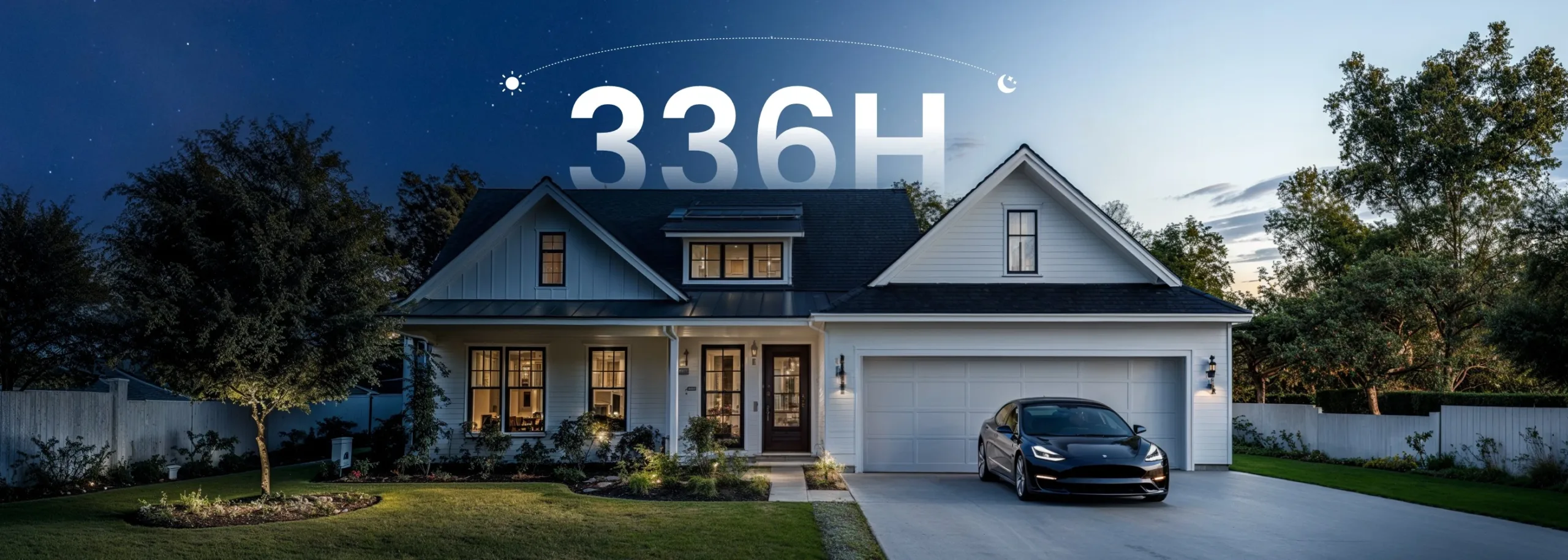
Atlas vs Ring / Arlo Solar Cameras
When compared to third-party solar options like Ring Stick Up Cam Solar and Arlo Essential XL Spotlight, the Atlas leans into user autonomy and value.
- Storage model: Unlike Ring or Arlo, the Atlas supports local microSD storage (up to 512 GB) with no forced subscriptions, keeping cloud storage optional.
- Power independence: Full solar functionality with just 2 hours of sun per day in continuous mode gives the Atlas a strong edge in off-grid flexibility.
- AI detection: Ring and Arlo cameras often require premium plans to unlock person or vehicle detection. Atlas offers AI person, vehicle, and animal detection out of the box.
- Facial recognition: One area where Atlas still lags behind is facial recognition, which remains limited or absent.
For users comparing the latest models from across the market, this recent guide on 18 Best Wireless Solar Security Camera Systems for 2025 breaks down the most capable solar-powered options, including Reolink Argus 4 Pro and Atlas alternatives.
Internal Comparison Table
Here’s how the Atlas stacks up directly against two other top-tier Reolink models.
Reolink Argus 4 Pro vs Atlas PT Ultra vs Reolink Atlas
| Feature | Argus 4 Pro | Atlas PT Ultra | Reolink Atlas |
|---|---|---|---|
| Image Sensor | 1/1.8″ CMOS | 1/1.8″ CMOS | 1/1.8″ CMOS |
| Resolution | 5120×1440 (8MP) | 3840×2160 (8MP) | 2560×1440 (4MP) |
| Frame Rate | Main/Sub: 10–15fps | Main/Sub: 10–15fps | Up to 15fps |
| Lens | f=4mm, fixed | f=4mm, fixed | f=4mm, fixed |
| Video Compression | H.264/H.265 | H.264/H.265 | H.264/H.265 |
| Field of View | 180° (H) / 50° (V) | 90° (H) / 50° (V) / 110° (D) | 90° (H) / 50° (V) / 110° (D) |
| Infrared Night Vision | Not supported | Not supported | Not supported |
| Color Night Vision | Yes, with 3× 2W spotlights (6500K) | Yes | Yes |
| Audio | Two-way audio | Two-way audio | Two-way audio |
| Battery | 5000mAh | 20000mAh (72Wh) | 20000mAh |
| Solar Compatibility | Reolink Solar Panel 2 (6W) | Reolink Solar Panel 2 (6W) | Reolink Solar Panel 2 (6W) |
| Pan & Tilt | Not supported | Pan: 355°, Tilt: 90° | Not supported |
| Auto Tracking | Not supported | Yes | Not supported |
| Bluetooth | Bluetooth V5.0 | Bluetooth V5.0 | Bluetooth V5.0 |
| Power Port | USB Type-C | USB Type-C (USB-A to C only) | USB Type-C (USB-A to C only) |
| SD Card Support | Up to 512GB microSD | Up to 512GB microSD | Up to 512GB microSD |
| Wi-Fi Standard | 802.11 a/b/g/n/ac/ax | 802.11 a/b/g/n/ac/ax | 802.11 a/b/g/n/ac/ax |
| Wi-Fi Frequency | 2.4GHz / 5GHz | 2.4GHz / 5GHz | 2.4GHz / 5GHz |
| Wireless Security | WPA/WPA2/WPA3 | WPA/WPA2/WPA3 | WPA/WPA2/WPA3 |
| User Access | 12 streams (2 main, 10 sub) | 12 streams (2 main, 10 sub) | 12 streams (2 main, 10 sub) |
| Smart Detection | PIR, person, vehicle, animal, motion | PIR, person, vehicle, animal, motion | PIR, person, vehicle, animal, motion |
| PIR Range / Angle | Up to 10m / 170° | Up to 10m / 100° | Up to 10m / 100° |
| Recording Modes | Triggered only | Motion, Schedule, 24/7 | Continuous, Motion, Pre-record |
| Time Lapse | Yes | Yes | Yes |
| Pre-recording | Not supported | Not supported | Yes (2–10s adjustable) |
| Smart Home Support | Google Assistant | Google Assistant | Google Assistant, Alexa |
| Cloud Storage | Reolink Cloud (limited regions) | Reolink Cloud (limited regions) | Reolink Cloud (limited regions) |
| Operating Temp. | -10°C to 55°C (14°F to 131°F) | -10°C to 55°C (14°F to 131°F) | -20°C to 55°C (-4°F to 131°F) |
| Humidity Range | 20% ~ 85% | 20% ~ 85% | 20% ~ 85% |
| Weatherproof Rating | IP66 | IP65 | IP66 |
| Dimensions (mm) | 128×87×80 | 178×151×102 | 126×78×76 |
| Weight | 400g | 853g | 554g |
| Warranty | 2-year limited warranty | 2-year limited warranty | 2-year limited warranty |
| Price (with Solar Panel) | C$159.99–199.99 | C$183.99–229.99 | C$152.99–179.99 |
Each of these models addresses slightly different use cases. Argus 4 Pro offers ultra-wide coverage with dual lenses. Atlas PT Ultra provides pan and tilt flexibility with high-resolution capture. The standard Atlas focuses on efficient power use, simple installation, and enhanced detection: all while maintaining 2K clarity and full-color night vision.
Best Use Cases for the Reolink Atlas
The Reolink Atlas stands out as a fully autonomous smart surveillance camera ideal for deployment in locations where power and connectivity may be limited or unreliable. With its 20,000mAh internal battery, solar charging support, and dual-band Wi-Fi 6, the Atlas is purpose-built for remote and residential outdoor security.
Off-grid Cabins and Rural Properties
The Atlas is ideal for off-grid security applications thanks to its minimal sunlight requirement (about 10 minutes daily for motion mode). Its IP66 weatherproof design and 2K video resolution make it a dependable choice for cabins, farms, and wide rural lots where trenching power or data lines is impractical. If you’re evaluating LTE-connected alternatives for similar remote use cases, our team has tested several models in the field, including the Reolink TrackMix LTE. You can explore our complete evaluation in the article Best Cellular Security Cameras 2025.
Construction Sites or Outdoor Renovations
Temporary setups like construction zones benefit from the Atlas’s rechargeable battery and screw-free mounting options. The tripod-compatible base, long-lasting charge, and reliable motion detection (up to 10m range) make it easy to monitor job site activity, tool storage, or deliveries without tapping into the grid.
Recommended Features for This Use Case:
| Feature | Benefit at Job Sites |
|---|---|
| Motion-triggered recording | Captures specific activity |
| 10s pre-recording | Records before the motion starts |
| Cloud + local storage | Redundant video backup |
| Dual-band Wi-Fi 6 | Reliable wireless transfer |
Residential Perimeter and Backyard Monitoring
With a 90° horizontal field of view and two-way audio, the Reolink Atlas fits well into home security setups for monitoring fences, gates, or backyards. Unlike battery cameras that rely on infrared, the Atlas leverages full-color night vision via spotlight, ensuring clearer visibility without overexposing intruders.
Shed, Garage, or Barn Surveillance
Detached outbuildings often fall outside standard Wi-Fi or power zones. The Atlas offers fully independent monitoring with motion-based alerts, continuous or scheduled recording, and compatibility with microSD cards up to 512GB. Users can place the device once, angle the antenna and solar panel correctly, and maintain coverage for months.
Placement Chart: Effective Atlas Coverage by Structure
| Structure | Placement Recommendation | Estimated Battery Life (motion mode) |
|---|---|---|
| Tool Shed | Wall-mounted under eaves | 16–18 months |
| Barn Entrance | Solar-facing gable mount | 12–15 months |
| Detached Garage | Roofline or upper fascia | 14–17 months |
Solar Camera Solutions for Smart Homes
The Atlas also integrates with Google Assistant and Amazon Alexa, allowing homeowners to stream live feeds or receive motion notifications through voice assistants. For users seeking local-only storage and enhanced privacy without recurring fees, the Atlas offers an efficient middle ground between cloud-heavy smart doorbells and overbuilt NVR systems.
What’s Still Unclear?
While the Reolink Atlas offers a compelling list of features and strong hardware specs for its price, some practical concerns remain unanswered — particularly those that only real-world testing over several months can resolve.
How Accurate Is AI Detection Over Time?
Initial tests show that person, vehicle, and animal detection are all enabled via onboard AI. However, how consistently accurate this remains with environmental changes (leaves, rain, shifting shadows) is still an open question. Especially in edge cases — like small animals triggering human detection — long-term results will determine whether it can rival more advanced AI platforms.
Suggested Visual:
| Scenario | Expected AI Behavior | Risk of Misclassification |
|---|---|---|
| A large dog in the driveway | Detected as a person | Low |
| Tree branch in the wind | Jogger in a foggy morning | Medium |
| Tree branch in wind | Ignored | Medium–High |
| Delivery truck at dusk | Detected as vehicle/person | Low |
If you’re interested in smarter perimeter analytics beyond onboard AI, we’ve outlined several more advanced solutions in our guide to 5 Best Security Video Analytics Software 2025.
How Well Does It Handle Overcast Solar Conditions?
Reolink claims that just 10 minutes of sunlight per day is sufficient to maintain motion-based recording. But this assumes direct sunlight and optimal panel angle. Cloud cover, winter daylight, and obstructions like trees or walls may reduce charging efficiency. There’s no built-in solar performance meter, so users will need to monitor charge manually via the app.
Potential Enhancement: A bar chart comparing estimated solar charging time vs. seasonal daylight hours could clarify this.
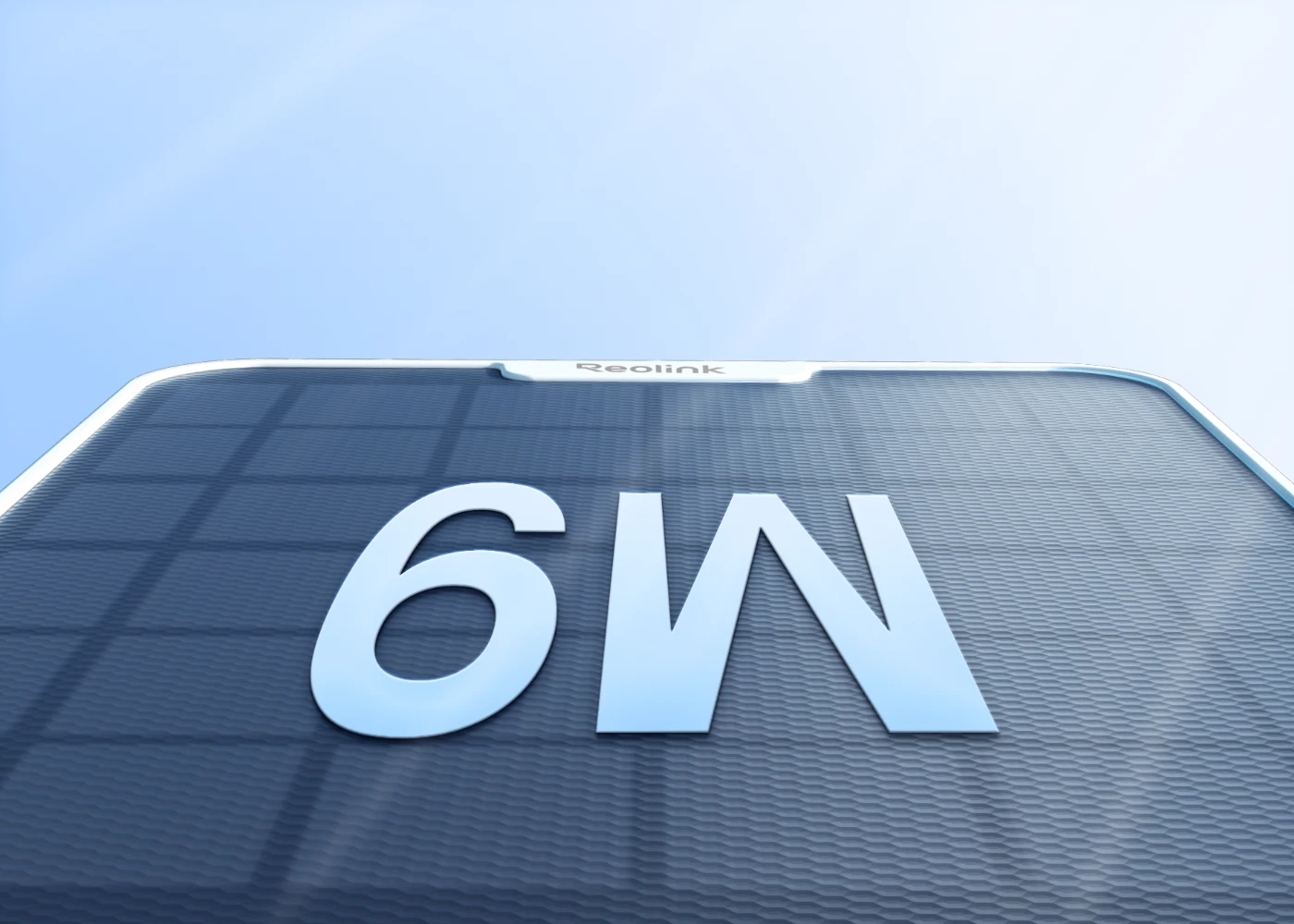
Will Reolink Release IR-Supported Versions?
ColorX night vision is effective when ambient lighting or spotlight activation are sufficient. But in completely dark environments where lighting is not desired (e.g., wildlife monitoring, privacy-sensitive areas), lack of IR LEDs is a limitation. There’s no indication yet whether Reolink plans to release an IR-equipped Atlas variant.
How Intuitive Is App-Based Playback for Long Timelines?
With support for continuous recording and large microSD cards (up to 512GB), the app becomes critical for locating and scrubbing through footage. Reolink’s app is generally stable, but how easily users can scroll through hours or days of footage — especially at low frame rates like 3fps — may impact the Atlas’s value for investigative or forensic use.
Final Verdict and What to Expect Next
The Reolink Atlas checks nearly every box for a solar-powered smart camera in 2025: a large 20,000mAh battery, local storage up to 512GB, AI-powered person/vehicle/animal detection, 10-second pre-recording, and dual-band Wi-Fi 6 connectivity. Its full-color night vision through ColorX technology eliminates the need for IR LEDs in many residential and perimeter scenarios.
This combination makes the Atlas a flexible, self-sustained security solution for both suburban homeowners and off-grid use cases. Compared to older Argus models or third-party brands requiring subscriptions, it offers meaningful upgrades in autonomy and long-term usability.
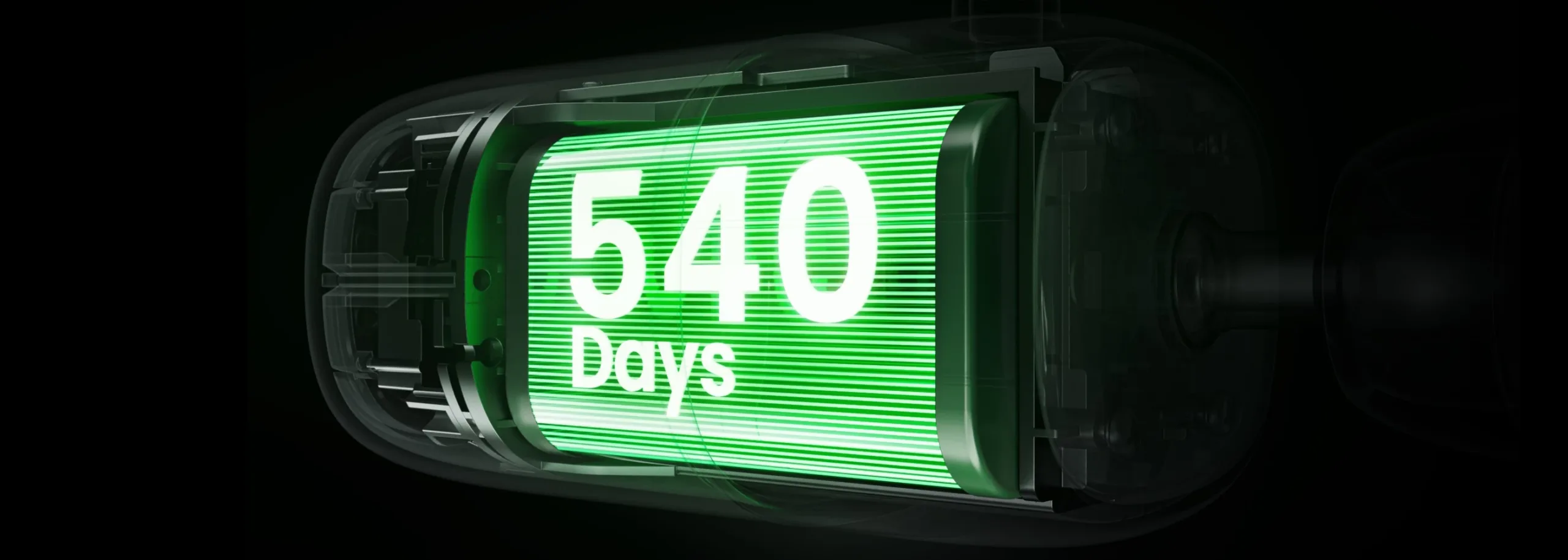
That said, key questions remain around its long-term AI accuracy, behavior in low-light environments without infrared, and how easily footage can be accessed over days of 3fps recording.
We’ll cover these answers in our full hands-on review after the camera’s public launch.
Want early access to our field test results, installation walkthrough, and image quality breakdowns? Subscribe to the Pipl Systems newsletter and stay updated with side-by-side comparisons of the Atlas vs Atlas PT Ultra, Argus 4 Pro, and LTE-capable models like the TrackMix.
And if you’re exploring advanced AI camera solutions, don’t miss our expert guide to the Best AI Security Cameras for 2025.
FAQ
How long does the Reolink Atlas battery last?
Up to 18 months in motion-detection mode (300s/day) and 8 days in continuous mode at 3fps.
Does the Reolink Atlas work without Wi-Fi?
Yes, it can record to a local microSD card without Wi-Fi. However, you’ll need Wi-Fi for mobile notifications, remote access, and Reolink Cloud functionality.
Can I use my own solar panel with the Atlas?
Technically yes, but Reolink recommends their 6W Solar Panel 2 for optimal weatherproofing and charging compatibility.
Is Reolink Cloud storage required?
No. The Atlas supports local storage (up to 512GB microSD) and optional FTP backup. Cloud is available, but not required.
Does Reolink Atlas support HomeKit?
Not at this time. The Atlas integrates with Google Assistant and Amazon Alexa, but lacks Apple HomeKit compatibility.
